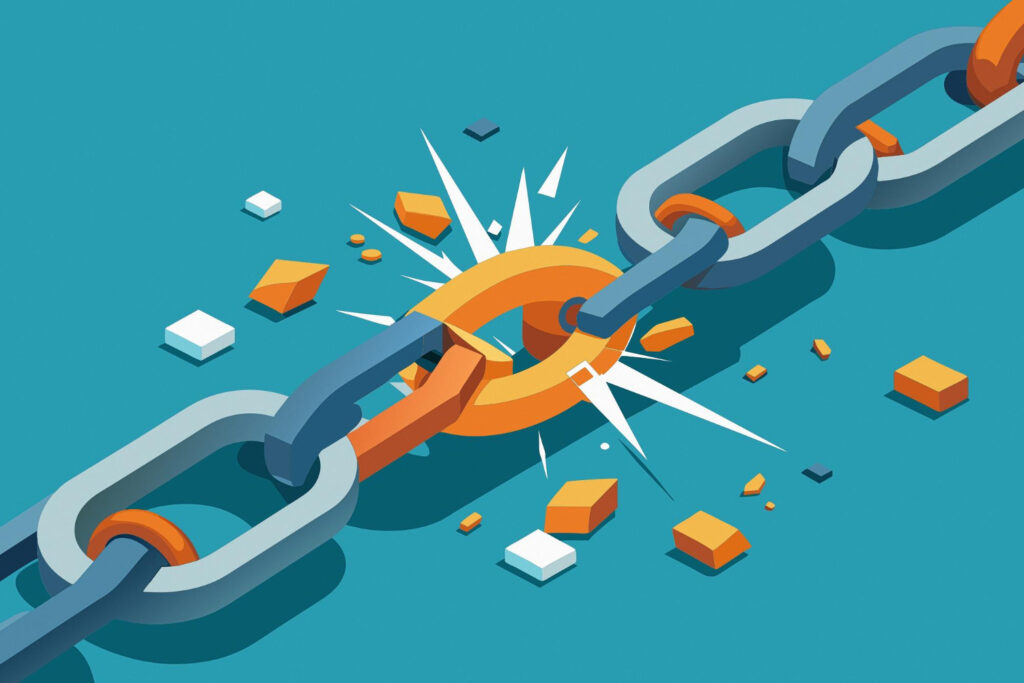

Last updated on

Gary Illyes from Google recently tackled the question of whether it’s worthwhile to invest effort in correcting broken backlinks, where URLs point incorrectly to a website. His response is intriguing as it proposes an unconventional approach to approaching this issue.
In a recent Google SEO Office Hours podcast, a question arose regarding the importance of fixing broken backlinks:
“Should I correct all broken backlinks to my site to enhance overall SEO?”
Google’s Gary Illyes responded:
“You should focus on fixing the broken backlinks that you believe would benefit your users. It’s not feasible to fix every single link, especially as your site grows to the size of a mammoth. Or brontosaurus.”
Assessing broken backlinks based on their potential usefulness to users is an unconventional approach to deciding whether to repair them or not. The standard SEO practice is to fix broken backlinks to ensure maximum link equity for the site. This advice goes against traditional SEO norms, but it shouldn’t be dismissed outright because there could be valuable insights to gain.
It’s important to keep an open mind and consider alternative perspectives. One positive aspect of this approach is its efficiency in determining the relevance of a backlink. For instance, if a broken link leads to a product that is no longer available or supported, a 404 error is actually beneficial for search crawlers and users. Therefore, there is some merit to this unconventional viewpoint.
Fixing these types of backlinks isn’t a significant challenge; in fact, it’s one of the simpler SEO tasks and offers a quick win. While the exact benefits may be difficult to quantify, it’s still worthwhile for the sake of site visitors who may otherwise end up on the wrong webpage due to following a broken URL.
Checking backlinks remains crucial even after conducting a backlink campaign. Sometimes, site owners may add their links weeks or months later, but they could inadvertently use the wrong URL. This is something I’ve encountered firsthand.
Broken backlinks that typically have significance, though not always, are those identified as 404 errors in your server logs or Google Search Console. There are two primary categories of broken backlinks that carry weight:
On the other hand, there are less impactful broken backlinks for the following reasons:
Finding broken backlinks is often best achieved by monitoring 404 errors resulting from visits to non-existent pages or incorrectly spelled URLs. When a broken backlink is significant, it typically generates web traffic leading to a 404 page.
Sometimes, identifying the exact source of the broken link isn’t straightforward. However, searching for the broken URL might reveal its origin. Server logs can provide valuable information such as the IP address and user agent of the visitor responsible for the broken link. This data helps site owners determine if it’s from a spam or hacker bot, a search engine bot, or a genuine user. For those without access to server logs, plugins like Redirection for WordPress or Wordfence can be beneficial.
Although SaaS backlink tools can assist in identifying broken links, they may not always be suitable for sites with extensive backlink histories, as it can be labor-intensive to find links that do not drive traffic. If a broken link does drive traffic, it becomes evident through the 404 error responses in analytics.
Repairing broken links can be achieved by either recreating the resource or redirecting requests for the missing webpage to a similar one.
Correcting a link with a misspelled URL can be easily accomplished by redirecting the incorrect URL to the accurate one.
Alternatively, another method is to contact the site linking to the incorrect URL, though there are considerations to keep in mind:
By simply adding a redirect from the misspelled URL to the correct one, the issue can be resolved without the risk of losing the backlink or having it marked as nofollowed.
Identifying broken backlinks often arises when site owners investigate 404 errors. Some refer to this process as “link reclamation,” essentially focusing on repairing broken backlinks.
Regardless of the terminology used, repairing these inbound links can provide significant SEO benefits to site owners. It’s a quick win in SEO and can be a crucial part of a site audit, particularly when focusing on opportunities found in 404 error responses. These links are actively crawled by search engines or may be accessed by potential site visitors.
Original news from SearchEngineJournal